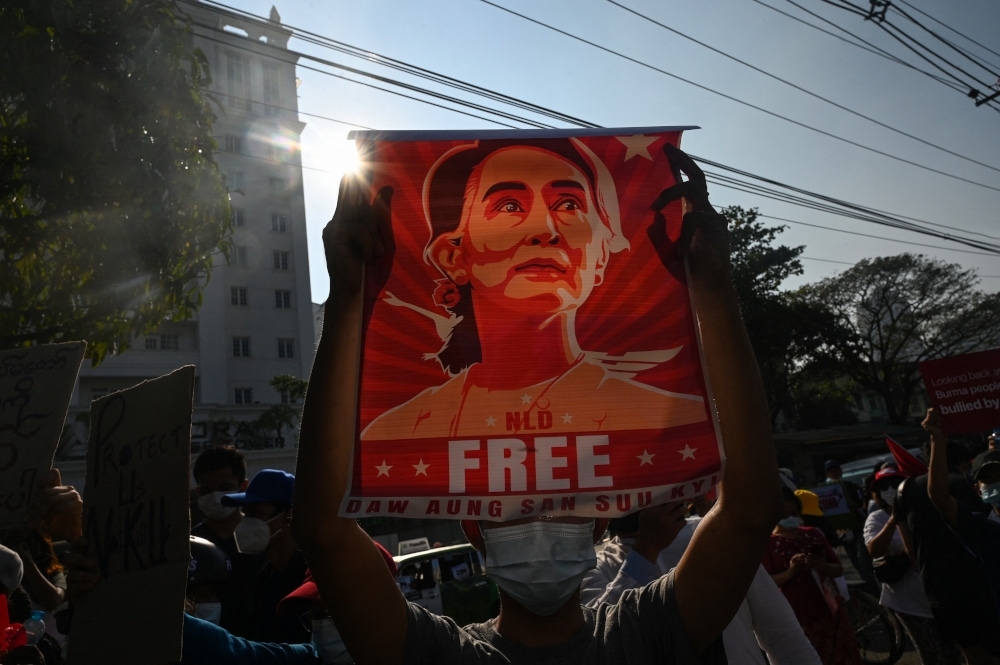Chinese President Xi Jinping used his spotlight moment at the Apec leaders’ summit on Saturday to strongly push for a global framework to regulate artificial intelligence and to present China as a key alternative in global trade cooperation — particularly as US President Donald Trump was notably absent.
Speaking in Gyeongju, South Korea, Xi stressed the need for a dedicated international body — the World Artificial Intelligence Cooperation Organisation — to guide AI development and ensure the technology benefits all nations. According to state media Xinhua, Xi described AI as a “public good for the international community” and emphasized that the technology should uplift people across borders.
The United States has so far rejected efforts to introduce AI regulation through global bodies, marking a clear contrast between Beijing and Washington’s positions.
Trump left South Korea early, flying back to Washington after bilateral meetings with Xi. Their discussions produced a one-year agreement to relax certain trade and tech restrictions — a temporary easing of tensions between the world’s two largest economies.
With Trump offstage, Xi positioned China as a leader in global cooperation, particularly in emerging technologies and trade models. China continues to champion domestic innovation, with companies like DeepSeek developing low-cost AI models as part of Beijing’s broader goal of “algorithmic sovereignty” — a strategic push to reduce reliance on US-made chips, such as those produced by Nvidia.
Xi also highlighted the importance of the free flow of green technologies — from battery manufacturing to solar power — sectors where China holds a dominant role. Apec members concluded the summit by signing agreements focused on AI and aging populations.
China is set to host the 2026 Apec summit in Shenzhen, a city Xi noted has transformed from a fishing village into a global technology powerhouse since becoming one of China’s first Special Economic Zones in the 1980s.
Apec, which includes 21 member economies, represents nearly half of global trade — making its direction a key signal for global markets and international policy.




